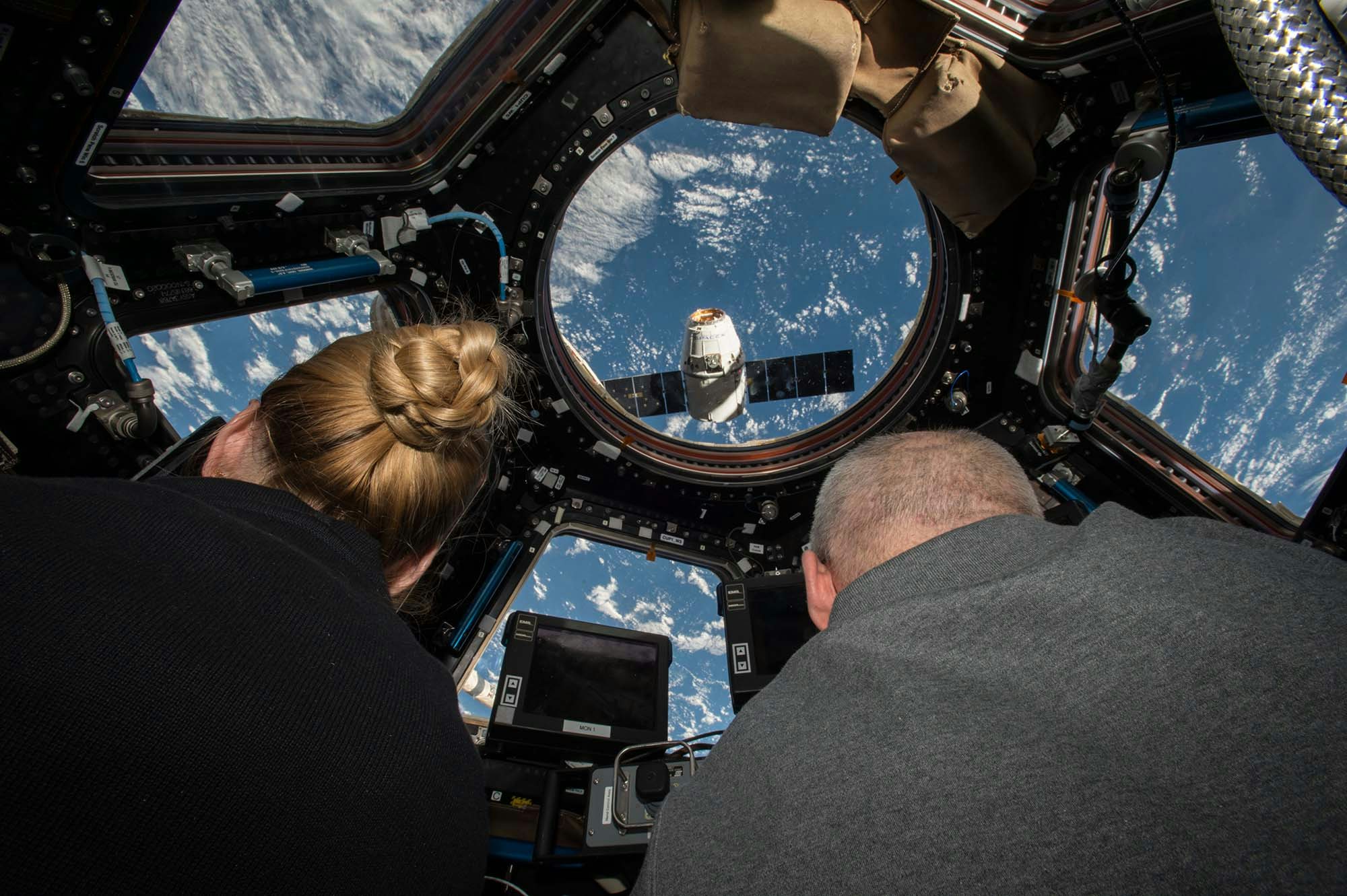The Ultimate Bucket List Adventure for Thrill Seekers

Is space travel really accessible to civilians? Take a look at the three leading space tourism operators paving the way for the ultimate bucket list adventure for mankind.
While actor William Shatner and TV personality Michael Strahan are among the first and most recent notable “civilians” to travel to space and return, those with the gumption and funds are lining up for what many consider to be the ultimate Bucket List bragging rights. Given the differences, goals and experiences of the three leading space tourism operators and their visionary founders, you might want to consider multiple checkboxes to tick.
Before you start mixing your Tang, the leading civilians-in-space programs offer varying experiences, but any potential space cadet should consider these three factors as they get involved.
Cost
Of course, the cost is the first question anyone would ask but perhaps the most difficult to nail down, as there are multiple potential missions each operator can – or plan to – make available to the public. Virgin Galactic’s core suborbital offerings start at $450,000 per ticket, Blue Origin auctions tickets on their flights (and have reported $100 million in sales), and SpaceX’s very robust planned mission to the International Space Station is reported to have garnered $55 million for each of three advance public tickets.
Training
Again, depending on the mission you want to go along with, the training involved can vary. Blue Origin claims they can train passengers in just two days for suborbital flights; Virgin Galactic lists three days of passenger preparation at its Spaceport America facility in New Mexico. SpaceX’s recent civilian mission to Earth orbit required an intensive five-month training period.
Waiting Lists
Virgin Galactic is the only operator reviewed who shared a waiting list (600 people). But, by and large, barring any jockeying and reselling of tickets already in the pipeline, you’re looking at 2024 or 2025 for the following public opportunities.
Like its iconoclastic founder, SpaceX has BIG plans. The operation doesn’t necessarily want to stop with some fun space tourism; it wants to essentially become NASA’s private sector arm and shuttle satellites and cargo up and back into space and provide access to select missions to the paying public. There are plans afoot for suborbital flights and orbital flights around the Earth and Moon, flights to the International Space Station (ISS), and even plans for Mars. SpaceX is developing multiple spacecraft, including the seven-person Dragon spacecraft, which has 32 successful launches and 28 trips to the International Space Station under its belt. In 2021, four civilians joined a three-day orbital flight around the Earth at an altitude of 363 miles. SpaceX vehicles have traveled at hypersonic speeds up to 24,600 mph in deep space. Pricing varies on the mission; tickets for the upcoming voyage to the ISS reportedly sold for $55 million each; total flight time is variable depending on the mission; the waiting list is undisclosed; spacex.com

As one of three passengers riding aboard Blue Origin’s reusable New Shepard spacecraft and the three professional crew members, you’ll get a more cinematically-expected taste of space travel. You blast off in a two-stage rocket from a gantry at Blue Origin’s headquarters outside El Paso, Texas. The cone-shaped New Shepard rides on top of a powerful booster rocket that generates the significant thrust to propel the craft into space (at speeds over 2,200 mph). The booster rocket is designed to detach from the capsule as it continues its journey to 66 miles up. Vistas, weightlessness…you get the drill. Enjoy it all before New Shepard succumbs to gravity’s force and heads back to Earth, slowed by three deployed parachutes for a soft landing at 15 mph. Blue Origin is working on multiple new vehicles, including a Blue Moon Lunar Lander, which hints at the far-reaching intentions of the famously cards-close-to-the-chest Jeff Bezos. Tickets are auctioned; one reported bid was $28 million; total flight time: 11 minutes; the waiting list is unreported but described as sizeable; blueorigin.com

From its facilities in New Mexico, Richard Branson’s Virgin Galactic operation brings passengers into suborbital flight and back in a unique fashion, which extends the overall length of the mission, start-to-finish. The new SpaceShipTwo craft, dubbed Unity, rides on the underbelly of the White Knight Two “mothership” aircraft. The combo takes off from a runway, like a traditional airplane, until reaching 50,000 feet (about 9.4 miles). At this point, the Unity spacecraft detaches from the mothership and its rocket makes a 70-second burn, hyper-jumping the speed to 2,500 mph. The rocket thrust is cut, and passengers are essentially aboard a projectile that pierces the veil of Earth’s atmosphere, rising to 328,000 feet, which is just over 62 miles. (Anything over 50 miles earns you your astronaut wings, according to NASA, and the so-called Kármán line, a more international definition of where space begins, is at 62 miles). You will experience unmatched planetary vistas from the darkness of space, as well as a period of weightlessness on the voyage. The Unity spacecraft re-enters the Earth’s atmosphere and lands on its own, like NASA’s Space Shuttle. The craft’s rudders are minimized for re-entry and then extended at 70,000 feet (about 13 miles) for a smooth-glide landing on Virgin Galactic’s runway. Prices start at $450,000; total flight time: 2-3 hours (approximately 15 minutes of suborbital space flight); 600-person waiting list; virgingalactic.com.
As a world-leading luxury yacht brokerage, Northrop & Johnson delivers professional services in luxury yacht sales and purchasing, private yacht charter, new yacht construction, charter management, crew placement and more. For all your luxury yachting needs and beyond, contact Northrop & Johnson today.
Read Next
Navigator Newsletter Stay informed on all things yachting and luxury lifestyle with the bi-monthly Navigator newsletters.
